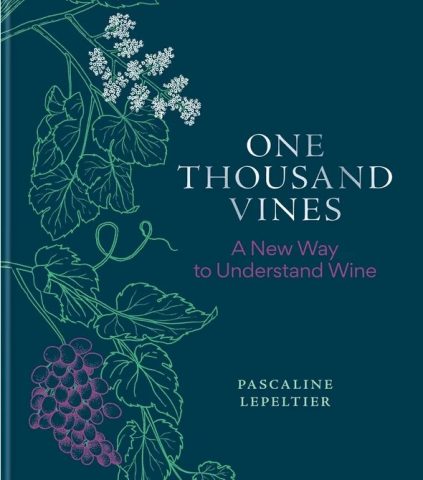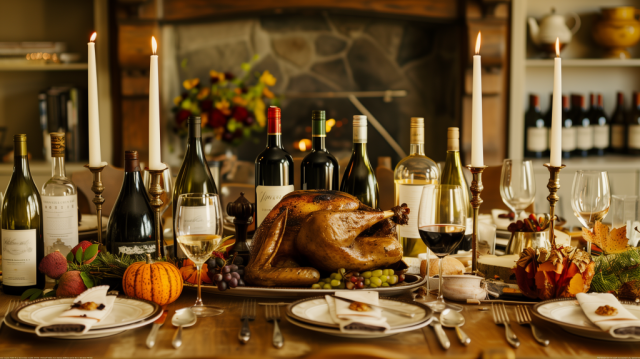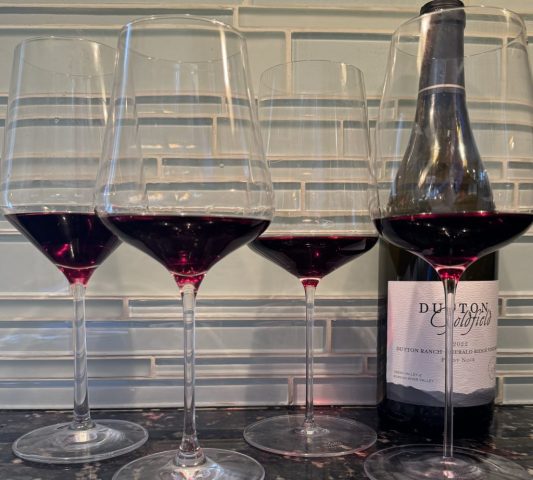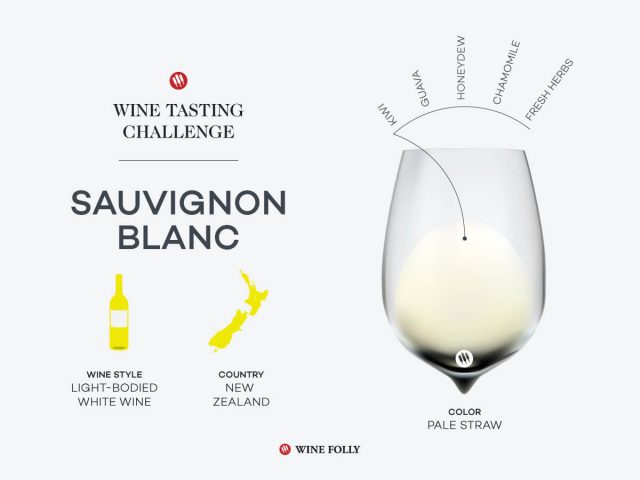The Best Universal Wine Glass
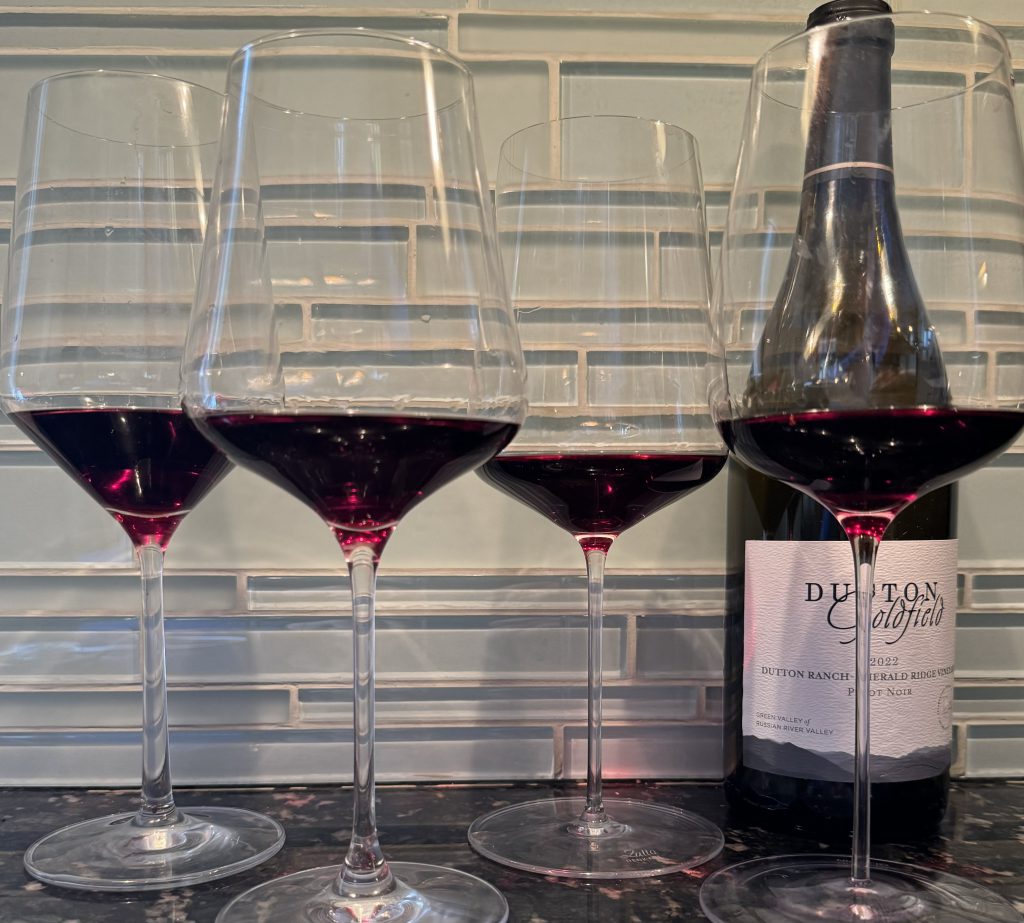
This article reviews some of the most popular one-size-fits-all, or universal, wine glasses. Some top producers (e.g., Zalto, Reidel) of wine glasses produce a large range of styles, each best suited to a particular type of wine. These glasses are typically hand-blown crystal costing $75+ each. Someone wanting separate glasses for different wines is looking at a large bill. Most producers make a universal wine glass that works well for most types of wine. We recently experimented with several such universal glasses to explore just how well they do.
The Glasses
A wine glass has four key attributes: the base, stem, bowl, and rim. The base should be large enough to give stability. The stem should be seamless and thin but not too fragile. The bowl should be wider at the bottom than the top and be large enough to swirl the wine without spilling. And the rim should be thin, so there’s almost no obstacle between the wine and the mouth.
We tested five different universal glasses. All but one are similar in size and height, although they differ in terms of weight and the thickness of the stem. The exception is the RAJ glass, described below.
Schott Zwiesel Glas Tritan Crystal ($13) Purchased on Amazon, this is the least expensive of the glasses. It’s also the heaviest with a relatively thick stem and rim. The shape is classic and attractive. The perfect glass for parties or casual, outdoor use.
 RAJ Glass ($40) This is the shortest (6.2”) glass, so it has a low center of gravity making it very stable. The rim is also the narrowest, which results in a concentrated nose but, also, constrains the wine flow. This is an excellent wine taster’s glass and works well as a Champagne glass, but most drinkers would find it constraining to serve as a one-size-fits-all glass. [photo credit: Glasvin]
RAJ Glass ($40) This is the shortest (6.2”) glass, so it has a low center of gravity making it very stable. The rim is also the narrowest, which results in a concentrated nose but, also, constrains the wine flow. This is an excellent wine taster’s glass and works well as a Champagne glass, but most drinkers would find it constraining to serve as a one-size-fits-all glass. [photo credit: Glasvin]
Zalto Denk-Art Universal ($78) A classic design, feather light and elegant, with straight edges rising from the bottom of the bowl to narrower top, this glass is beautiful in appearance, a joy to hold, and very pleasurable to drink from. Perhaps the most elegant looking glass. [photo credit: Winemonger/Zalto]
 Glasvin The Universal ($40) Similar to the Zalto in most respects except the body is more rounded. It, too, has a thin, delicate stem and seems almost weightless. [photo credit: Glasvin]
Glasvin The Universal ($40) Similar to the Zalto in most respects except the body is more rounded. It, too, has a thin, delicate stem and seems almost weightless. [photo credit: Glasvin]
 Gabriel-Glas Universal Crystal Wine Glass ($34) With its wide bowl bottom, this glass is less traditional in shape than the Zalto and Glasvin, but it’s effective at capturing the wine’s bouquet. It is machine blown, not hand blown, and has a slightly thicker stem and higher weight, which give a sense of stability at the expense of a little delicacy. An identically shaped, hand-blown version of the glass is also available at a higher price. [photo credit: Gabriel-Glas]
Gabriel-Glas Universal Crystal Wine Glass ($34) With its wide bowl bottom, this glass is less traditional in shape than the Zalto and Glasvin, but it’s effective at capturing the wine’s bouquet. It is machine blown, not hand blown, and has a slightly thicker stem and higher weight, which give a sense of stability at the expense of a little delicacy. An identically shaped, hand-blown version of the glass is also available at a higher price. [photo credit: Gabriel-Glas]
Which Glass to Buy?
Which glass one should purchase for oneself or to give to a lover of fine wines depends on its characteristics, its intended use and price. We tested the glasses with several different wines. For casual use, especially in the open air, the inexpensive Schott Zweisel works well. It looks good, is heavy enough to put up with outside elements, is easy to clean, and won’t cause great financial pain if one breaks. However, it lacks elegance. For the wine taster, the RAJ could be a good choice. It accentuates aromas and works especially well for Champagne and sweet wines, but as noted earlier it doesn’t really work as a one-size-fits-all wine glass.
The Zalto and Glasvin are both elegant looking with delicate stems. They’re beautiful to look at, incredibly light, and of a size that suits most white and red wines. I especially like the Zalto’s shape and balance, but I may be biased as my first experience with this glass was drinking an ethereal Austrian Riesling on a sunny day at an outdoor cafe in Unterloiben in the Wachau. The wine connoisseur would find either of them to enhance almost any wine and a joy to use.
Finally, the machine blown Gabriel-Glas is the practical choice. While the machine-blown version is not quite as light and elegant as the Zalto and Glasvin, it offers excellent value and a solid tasting experience. It’s the perfect compromise between refinement and practicality and is the only crystal glass I would consider putting in my dishwasher.
How to Clean
The producers of elegant crystal wine glasses often advise one to clean glasses in the dishwasher (interestingly, the RAJ glass does not). I wouldn’t trust my dishwasher (Bosch) with delicate glasses like these unless I had a special device to hold the glasses stable. My advice: wash the crystal glasses by hand. Put a bit of dish soap in the bowl of the glass; holding it by the bowl, swirl around, rinse, and turn upside down on a dish towel to drain. Then put a towel in one hand to hold the bowl and with the other hand gently wipe the inside of the bowl with a micro fiber towel. Never hold the base or stem while drying the bowl. I know that sounds like a lot of work, but after snapping the stem while cleaning my friend’s Reidel glass (a wedding present) I’ve become very careful.



